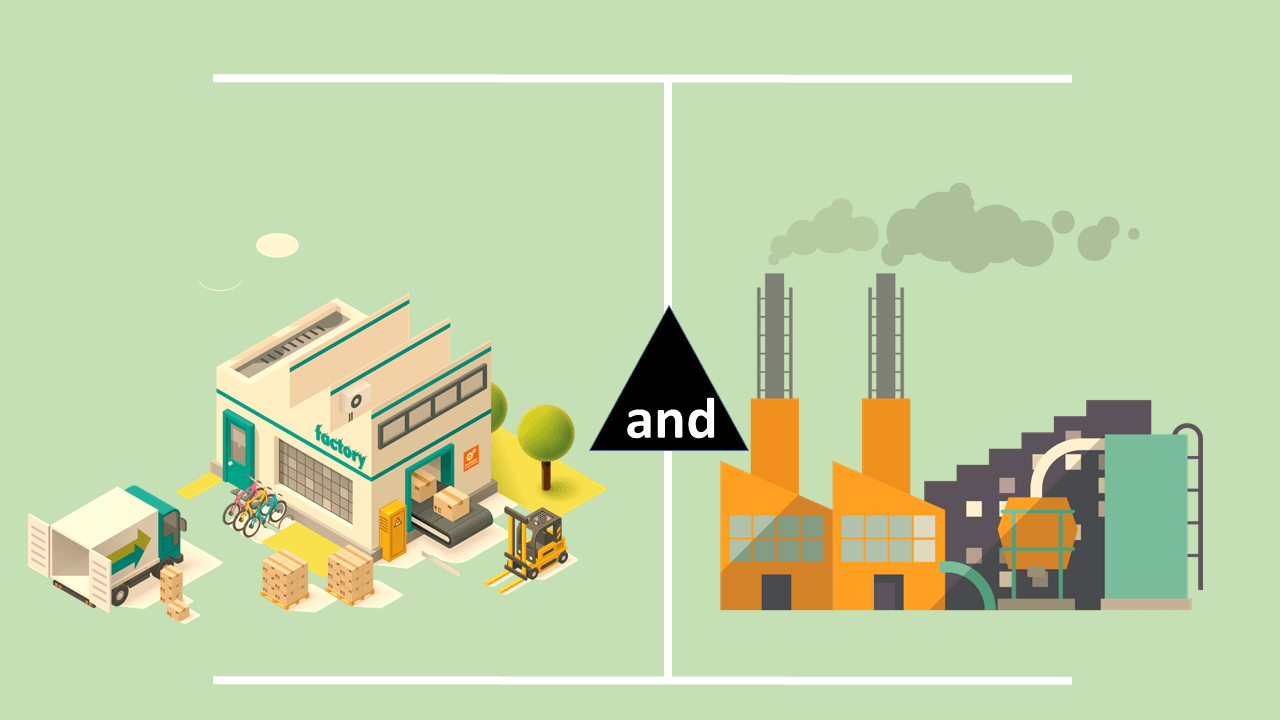Micro segmentation marketing helps companies reach & engage their customers. Know key steps & strategies to implement MSM for success.
The Ultimate Guide to Micro Segmentation Marketing (MSM)
Introduction
In today’s highly competitive business landscape, it is essential for companies to effectively reach and engage their target audience. One strategy that has gained significant attention, and also proven to be highly effective is micro segmentation marketing. How to Understanding Social Marketing. By dividing a larger market into smaller, more defined segments, businesses can tailor their marketing efforts to meet the specific needs and preferences of each segment. Also, This guide will provide you with a comprehensive overview of MSM, its benefits, and how to implement it successfully.

Table of Contents
- What is Micro Segmentation Marketing?
- Benefits of Micro Segmentation Marketing
- Steps to Implement Micro Segmentation Marketing
- Identify Relevant Segments
- Gather Data and Insights
- Develop Targeted Marketing Strategies
- Also, Monitor and Adjust
- Examples of Successful Micro Segmentation Marketing Campaigns
- Case Study 1: Company A
- Case Study 2: Company B
- Case Study 3: Company C
- Tools and Resources for Micro Segmentation Marketing
- Best Practices for Micro Segmentation Marketing
- Also, Common Challenges and How to Overcome Them
- Conclusion
1. What is Micro Segmentation Marketing?
Micro segmentation marketing is a strategy that involves dividing a larger market into smaller, more homogeneous segments based on specific characteristics, such as demographics, psychographics, behaviors, or preferences. Also, This approach allows businesses to create targeted marketing campaigns tailored to each segment’s unique needs, resulting in higher customer engagement and conversion rates.
2. Benefits of Micro Segmentation Marketing
- Enhanced Customer Engagement: By delivering personalized messages and offers to each segment, businesses can establish a stronger connection with their target audience, leading to increased customer engagement and loyalty.
- Improved Conversion Rates: A personalized marketing approach can significantly enhance conversion rates as it directly addresses the needs and desires of each segment, increasing the chances of conversion.
- Cost Efficiency: By focusing resources on specific segments, businesses can optimize marketing efforts and reduce costs, achieving higher ROI compared to mass marketing approaches.
- Increased Customer Retention: By tailoring marketing efforts to each segment, businesses can communicate relevant information, provide better customer experiences, and foster long-term relationships with their customers.
- Competitive Advantage: It enables businesses to differentiate themselves from competitors by addressing unique customer needs that might be overlooked by broader marketing approaches.
3. Steps to Implement Micro Segmentation Marketing
First Step: Identify Relevant Segments
- Conduct market research to identify the different segments within your target market.
- Define each segment based on common characteristics, such as demographics, behaviors, or preferences.
- Prioritize segments based on their potential value, and also alignment with your business objectives.
Second Step: Gather Data and Insights
- Collect relevant data about each segment, including demographic information, purchasing behavior, online activities, interests, etc.
- Utilize various research methods such as surveys, interviews, customer feedback, and data analytics to gain deeper insights into each segment’s needs and preferences.
Third Step: Develop Targeted Marketing Strategies
- Create personalized messaging and offers tailored to each segment’s interests and motivations.
- Utilize the insights gained from data analysis to craft compelling marketing campaigns that resonate with each segment.
- Leverage different marketing channels, such as email marketing, social media, content marketing, and paid advertising, to reach each segment effectively.
Final Step: Monitor and Adjust
- Continuously monitor the performance of your marketing campaigns and also gather feedback from each segment.
- Analyze the data to identify areas for improvement and make necessary adjustments to optimize your marketing efforts.
- Stay responsive to changes in your target market and adapt your strategies accordingly.
4. Examples of Successful Micro Segmentation Marketing Campaigns
Case Study 1: Company A
Company A successfully implemented MSM by targeting different customer segments based on their purchasing behavior. Through personalized emails and customized offers, they achieved a 30% increase in conversion rates and a 20% increase in customer retention.
Case Study 2: Company B
Company B used MSM to target different age groups within their target market. By tailoring their messaging and advertisements to specific age demographics, they experienced a 40% increase in engagement and a 15% increase in overall sales.
Case Study 3: Company C
Company C implemented MSM by analyzing customer preferences and interests. By delivering personalized content based on individual interests, they saw a 25% increase in click-through rates and a 10% increase in customer satisfaction.
5. Tools and Resources for Micro Segmentation Marketing
- Customer Relationship Management (CRM) software
- Data analytics tools
- Email marketing platforms
- Also, Social media listening and monitoring tools
- Market research surveys and questionnaires
6. Best Practices for Micro Segmentation Marketing
- Conduct thorough market research and gather reliable data to ensure accurate segment identification.
- Regularly update and refine your customer segmentation based on changing market dynamics and customer preferences.
- Leverage automation and personalization technologies to scale your MSM efforts effectively.
- Continuously monitor and analyze the performance of your campaigns to identify areas for improvement and capitalize on successful strategies.
7. Common Challenges and How to Overcome Them
- Lack of data and insights: Invest in market research, customer surveys, and analytics tools to gather relevant data and gain deeper insights into your target audience.
- Resource limitations: Prioritize segments based on their potential value and allocate resources strategically to maximize return on investment.
- Overcomplication: Keep your segmentation approach simple and focused, ensuring it aligns with your business goals and marketing capabilities.
8. Conclusion
It offers businesses a powerful strategy to effectively engage their target audience by delivering personalized messages and also offers tailored to specific customer segments. By implementing the steps outlined in this guide and leveraging the benefits of micro segmentation, businesses can achieve higher customer engagement, improved conversion rates, and a competitive advantage in today’s dynamic marketplace.
Remember, understanding your target audience and continuously adapting your strategies based on their evolving needs are key factors in the success of micro segmentation marketing. Harness the power of segmentation to unlock growth opportunities, and also build lasting relationships with your customers.
Happy micro segmenting!





